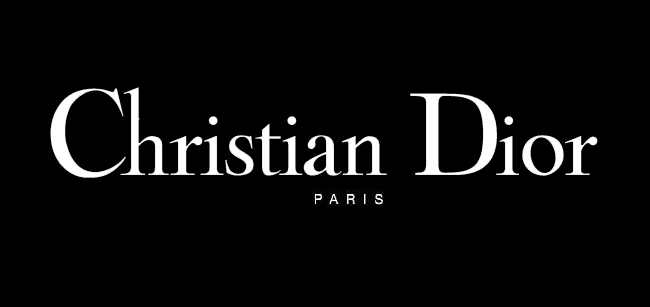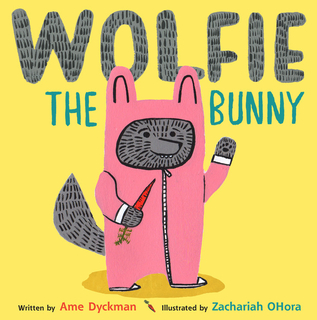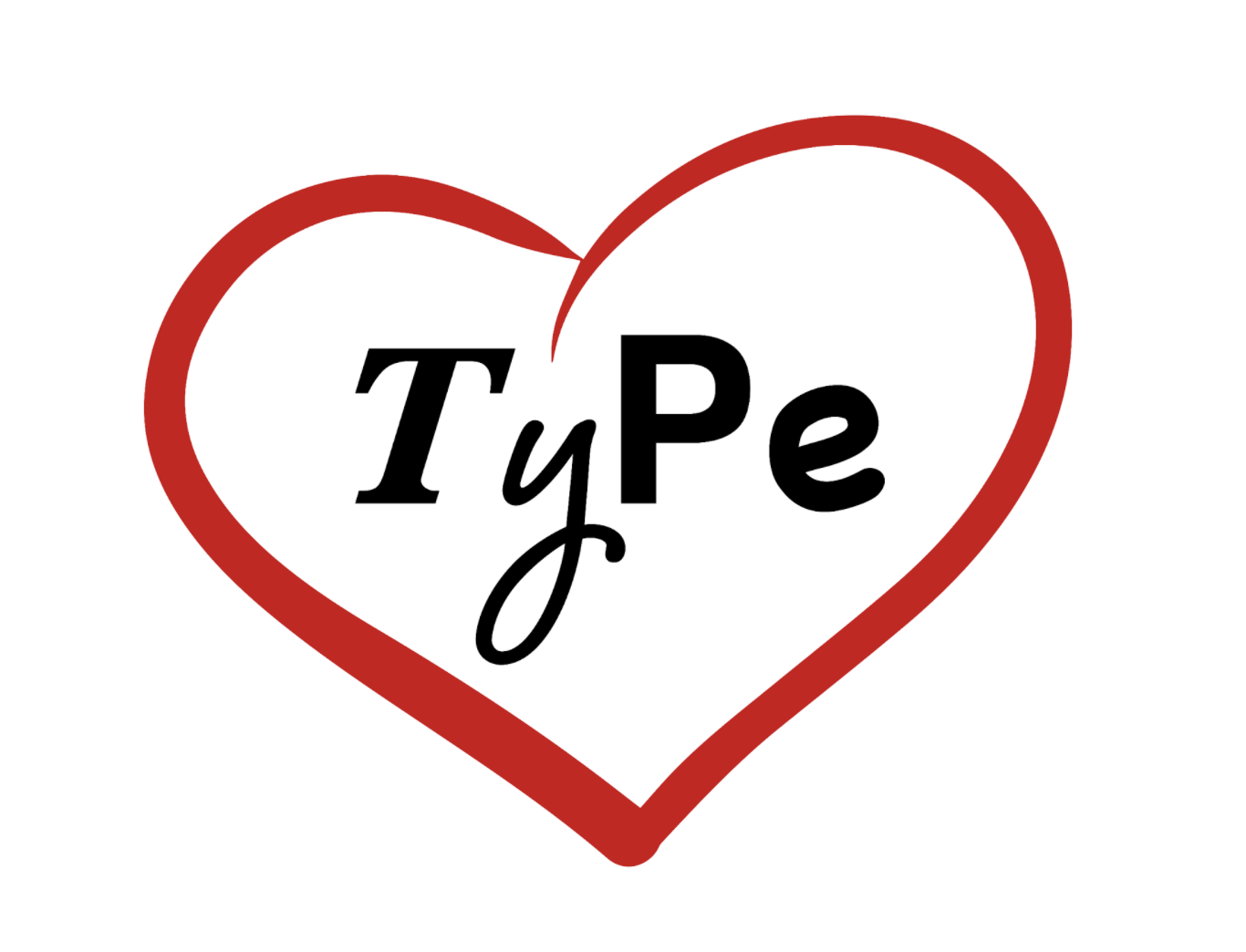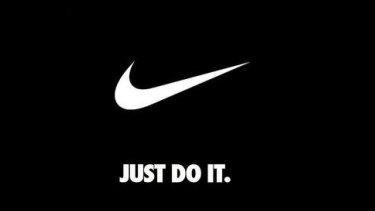Slim, Bold, Thick, Short, Tall, Curvy, Professional, Old, Traditional, Witty, no matter what your preferences might be, there’s a typeface for anyone on a quest to build a brand. Typefaces to some may appear to be just letters however they are more than just that. They form a huge part of the visual language of a brand and create an impression within your audience of what a brand looks and feels like. Due to this, one needs to spend an ample amount of time to ensure that they select the right typeface as a perfect match for their brand.
What is a typeface?
If you are unsure of what exactly I’m talking about or slightly confused, you probably know the word “typeface” within this context as “font”. The terms “typeface” and “font” are used interchangeably today and many people wonder if it’s the same thing. They actually have different meanings, but “font” has become a household name and it may seem to not be a big deal unless you are a Type designer or Graphic Designer. Being able to accurately tell your designer that you prefer a specific typeface, helps with informing the designer about the style of your work and they can go ahead to find the perfect font for your project. However, if you prefer a specific font, using the right vocabulary goes a long way by making your vision clear and saving time for both you and the designer. So what’s the difference between a typeface and a font?
A typeface is a particular set of characters or glyphs (an alphabet and its corresponding accessories such as numerals and punctuation) that share a common design. For example, Times New Roman is a well-known typeface. A font is a particular set of glyphs within a typeface. So, 12-point Times New Roman is a font, and 10-point Times New Roman is a separate font. The same goes for different weights – a 14-point Times New Roman Bold is a different font than a 14-point Times New Roman Light. They are different fonts, but the same typeface. To easily differentiate between a font and a typeface, open up Google Docs or Microsoft Word and hover over the drop-down font menu. Those options are typefaces. The menu next to this list where you see “Light, Regular, Semi-Bold, Bold” are fonts and they form the font family of the typeface.
Define your brand
Before you begin to find your type for your brand, you need to define what your brand is. This will include things like your mission, vision, purpose, and what makes you stand out against other competitors. Based on this, you’ll be able to derive a couple of descriptive words that suit your brand and how you would want your audience to perceive your brand. For example, if you find yourself within the Streetwear side of the fashion industry, you might come up with descriptive words like, Bold, Playful, and Sophisticated whereas if your brand was on the side of high-end fashion you would have words like Elegant, Majestic and Refined. These words enable you to filter through different typefaces, for instance, choosing a Serif or a Sans Serif.
For Streetwear, we usually see sans serifs being used with brands like Off-White, Supreme, Nike, Adidas among others. This is probably because most of these Sans serif typefaces are modern and most of them have geometric characteristics which make them very easy to read when placed on different types of clothes. We usually see Serifs with high-end fashion brands like Louis Vuitton, Dior, Gucci, and Ralph Lauren. Serifs have an elegant-looking aesthetic and they communicate an idea of trust. These examples are not meant to restrict you in any way because there are some Serifs used for streetwear brands and Sans serifs used for high-end fashion brands. Based on this, I also suggest that you research typographic trends within your industry as you define your brand so you can understand why certain design decisions are being made. That way, you can figure out how you can stand out visually from your competitors.

Identify your audience
After defining your brand, you need to take note of your audience. Who are they? where are they from? What is their age range? Information like this matters when it comes to picking your type because using a typeface for kids in some instances would differ from using a typeface for adults. For example, if your brand designed coloring books for kids, you might consider using playful typefaces like Hoss Round or FatFrank whereas you might consider more geometric typefaces like Futura or Helvetica if you were designing crossword puzzles for adults. Also, if you are designing. for a francophone audience, you want to make sure you are using a typeface that has special characters like the accent in different directions on the “e”, or the “ce cedille”.
Choose your typeface
We see typefaces everywhere. From the books we read to the maps that direct us, typography enables us to attach an identity to the things around us. When picking a typeface, you need to test its functionality across a wide range of deliverables (Website, Logo, Billboard, Merchandise) that relate to your brand. This will provide you with knowledge of the clarity of the typeface at different scales within different layouts. This stage is important because some typefaces are also much clearer than others. For example, serif and sans serif typefaces are much clearer than most Script typefaces. Script typefaces come with a couple of red flags. They are pretty hard to read if they are used as body copy within books but they are ideal for headers and Titles. (Bonus tip: Most of the upper case letters of script typeface are stylized so it reduces the clarity of words when they are all together. So, avoid using all uppercase letters and instead, use Title case or lowercase for much better characters and visibility in words. You can disregard this tip if your brand incorporates Anti-Design and you can read what anti-design entails from my previous blog) .

These are some of the main tips you need to know when picking your type. Moreover, if your type is a designer and you’re sharing feedback on work, you now know when to use the word typeface and font so your partner doesn’t get confused or cringe. If you are a designer and you are interviewing for a design-related job this should be a no-brainer or else you might fail the interview. Also, if you are trying to build a wonderful brand, there’s a type for you and you can find it after you define your brand, and your audience and test out multiple options. On this note, I wish you all the best with your dating experience in the type world and I hope you make the best choices since this is one of the major ways you can contribute to good design.
- The Role of Typography in Creating a Brand Identity - November 6, 2025
- How to Create Accessible and Inclusive Designs - October 6, 2025
- Designing for Different Cultures: Challenges, Tips, and the Role of AI - September 3, 2025



0 Comments